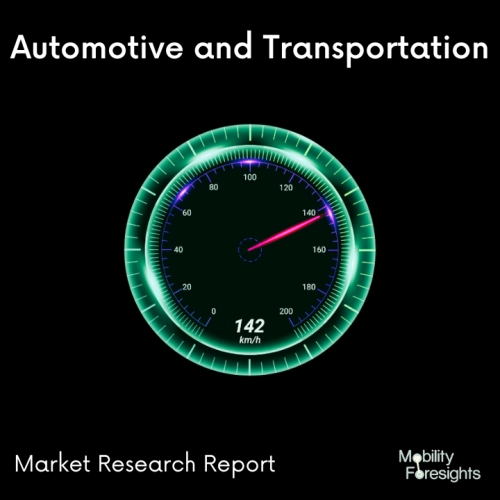
- Get in Touch with Us

Last Updated: Apr 25, 2025 | Study Period: 2023-2030
Boost pressure sensors are used in turbocharged engines to provide air pressure information and air and fuel ratios in order to regulate engine performance. As a complex piece of technology, a boost pressure sensor has been an impressive addition to engine technology.
Boost pressure sensors control the boost level produced in the intake manifold of a turbocharged or supercharged engine. They affect the air pressure delivered to the pneumatic and mechanical wastegate actuator.
The boost pressure sensor measures the absolute pressure before the throttle valve. The engine control unit uses its signal to calculate a correction value for the boost pressure.
By detecting the amount of boost and air density in the car's intake manifold, the car's electronic control unit or ECU can determine how much fuel is needed in the car's combustion chamber so that the air-fuel mixture is at its best.
Proper air-fuel mixture is critical to engines since this translates to better and more efficient power production.
This not only makes the engine more powerful, but also makes the engine run effectively, maximizing every drop of fuel. The ECM uses boost pressure combined with intake air temerature to determine the volume of air entering the engine.

The Global Automotive Turbo boost sensors market accounted for $XX Billion in 2022 and is anticipated to reach $XX Billion by 2030, registering a CAGR of XX% from 2023 to 2030.
Wells Turbo Boost Pressure Sensor - A Turbo Boost Pressure Sensor monitors the boost pressure within the intake manifold. The engine control module uses this data to gauge the proper amount of fuel, determine optimal ignition timing and operate the turbocharger wastegate.
Wells Turbo Boost Pressure Sensors are engineered and tested to meet or exceed OE parts in fit, form and function. Turbo Boost Pressure Sensors are located on the intake manifold, intercooler and/or turbo piping.
The engine control unit calculates the exact pressure and temperature of the intake air using information from the inlet manifold and boost-pressure sensor. The sensor helps control the fuel quantity while simultaneously reducing raw emissions.
| Sl no | Topic |
| 1 | Market Segmentation |
| 2 | Scope of the report |
| 3 | Abbreviations |
| 4 | Research Methodology |
| 5 | Executive Summary |
| 6 | Introduction |
| 7 | Insights from Industry stakeholders |
| 8 | Cost breakdown of Product by sub-components and average profit margin |
| 9 | Disruptive innovation in the Industry |
| 10 | Technology trends in the Industry |
| 11 | Consumer trends in the industry |
| 12 | Recent Production Milestones |
| 13 | Component Manufacturing in US, EU and China |
| 14 | COVID-19 impact on overall market |
| 15 | COVID-19 impact on Production of components |
| 16 | COVID-19 impact on Point of sale |
| 17 | Market Segmentation, Dynamics and Forecast by Geography, 2023-2030 |
| 18 | Market Segmentation, Dynamics and Forecast by Product Type, 2023-2030 |
| 19 | Market Segmentation, Dynamics and Forecast by Application, 2023-2030 |
| 20 | Market Segmentation, Dynamics and Forecast by End use, 2023-2030 |
| 21 | Product installation rate by OEM, 2023 |
| 22 | Incline/Decline in Average B-2-B selling price in past 5 years |
| 23 | Competition from substitute products |
| 24 | Gross margin and average profitability of suppliers |
| 25 | New product development in past 12 months |
| 26 | M&A in past 12 months |
| 27 | Growth strategy of leading players |
| 28 | Market share of vendors, 2023 |
| 29 | Company Profiles |
| 30 | Unmet needs and opportunity for new suppliers |
| 31 | Conclusion |
| 32 | Appendix |